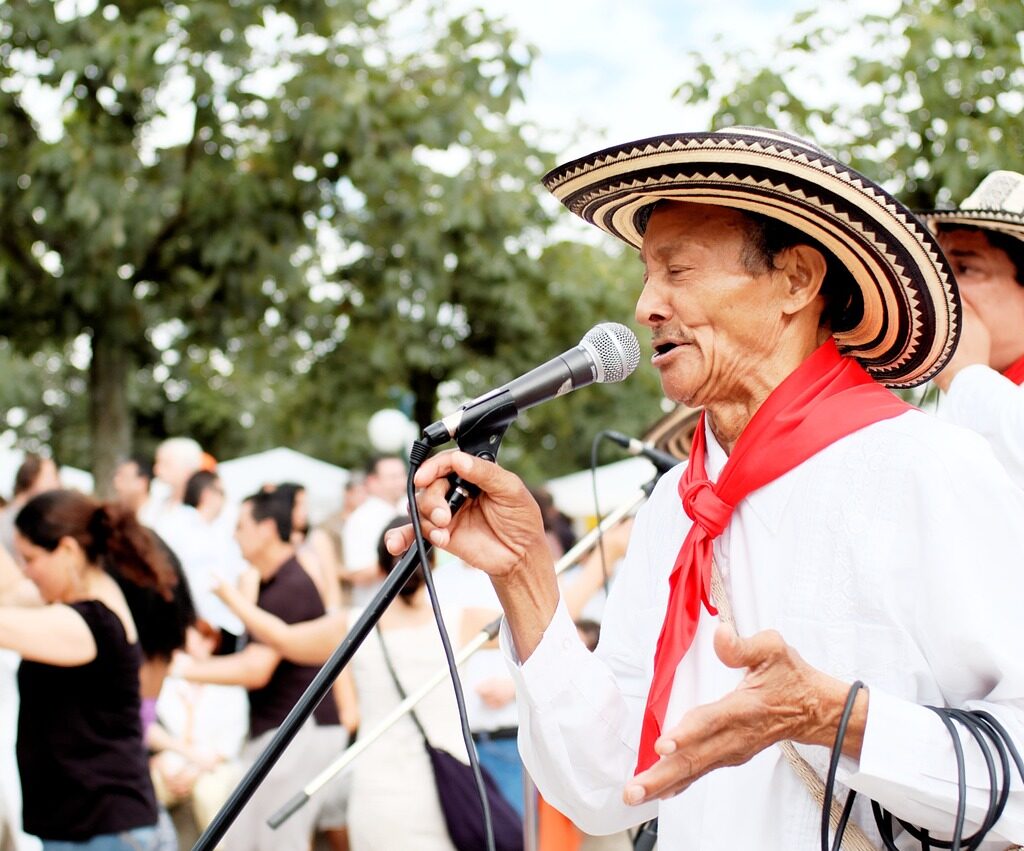The salsa style has captured the emotions of dancers internationally with its upbeat rhythm and energetic moves. However, it all began with the blending of Afro-Cuban customs, Caribbean rhythms, and Latin American influences. Salsa is still evolving today, effortlessly transcending ethnic divides with a combination of classic rhythms and contemporary elements.
Continue reading to learn about the history of salsa and how it evolved.
The Start of Salsa
Cuba in the 19th century when Spanish immigrants and African slaves mixed to produce a vibrant musical and dancing culture. Spanish melodies, indigenous impacts, and African drumming were combined to create the basis of salsa.
Son Cubano, a late 19th-century musical genre originating in eastern Cuba, was among salsa’s main leaders. Son created the foundation for the rhythmic beats and call-and-response patterns that characterize salsa music by fusing Spanish guitar, vocals, and African rhythms. The music expanded along with Cuba’s cultural impact, extending to the Caribbean and beyond.
An article by the United States Patent and Trademark Office, the US government’s national trademark and copyright office, says, ”The genre had roots in colonial Cuba and mid-20th-century New York. Then, in the late 1960s, as Latin music became ever more popular “. The mid-1900s saw a surge of Cuban and Puerto Rican immigrants, who introduced salsa to the neighborhoods of Brooklyn, the Bronx, and Harlem.
Evolution
Salsa experienced a major change throughout the 1960s and 1970s, going from being a regional sensation to a worldwide one. An article by History.com, a website that creates accurate and informative content, says, “Salsa evolved from mambo, which itself had origins in son, an up-tempo urban folk music from eastern Cuba that evolved as it made its way to Havana and then to the clubs and streets of New York City. ” Salsa saw a change in New York City, absorbing elements of jazz, funk, and soul to produce a sound that was distinctly urbanized and international.
At the same time, salsa was becoming increasingly popular throughout Latin America, where performers in nations like Venezuela, Puerto Rico, and Colombia infused indigenous instruments and rhythms to create their unique takes on the style. Salsa’s influence was widened by this geographical change, resulting in a genuinely global sensation.

Well-Known PERFORMERS
Some well-known artists of this genre include Celia Cruz. Occasionally referred to as the “Queen of Salsa,” was a Cuban singer who became well-known in Latin music due to her strong vocals and lively attitude. Throughout her career, she recorded several salsa songs, such as “Quimbara” and “La Vida Es Un Carnaval.”
Another artist is Marc Anthony. Marc Anthony is a Grammy-winning singer-songwriter who has achieved immense success in the salsa music genre. His love songs like “Vivir Mi Vida” and “Valió la Pena,” combined with his smooth voice, have brought him international recognition.
Conclusion
Artists and dancers worldwide are still pushing the frontiers of salsa, which is still a dynamic and diversified genre. Salsa’s journey from the streets of Havana to the dance halls of Tokyo bears witness to its enduring appeal and capacity to unite individuals from every aspect of life.
To see more music articles, visit Ferry Godmother Productions.

